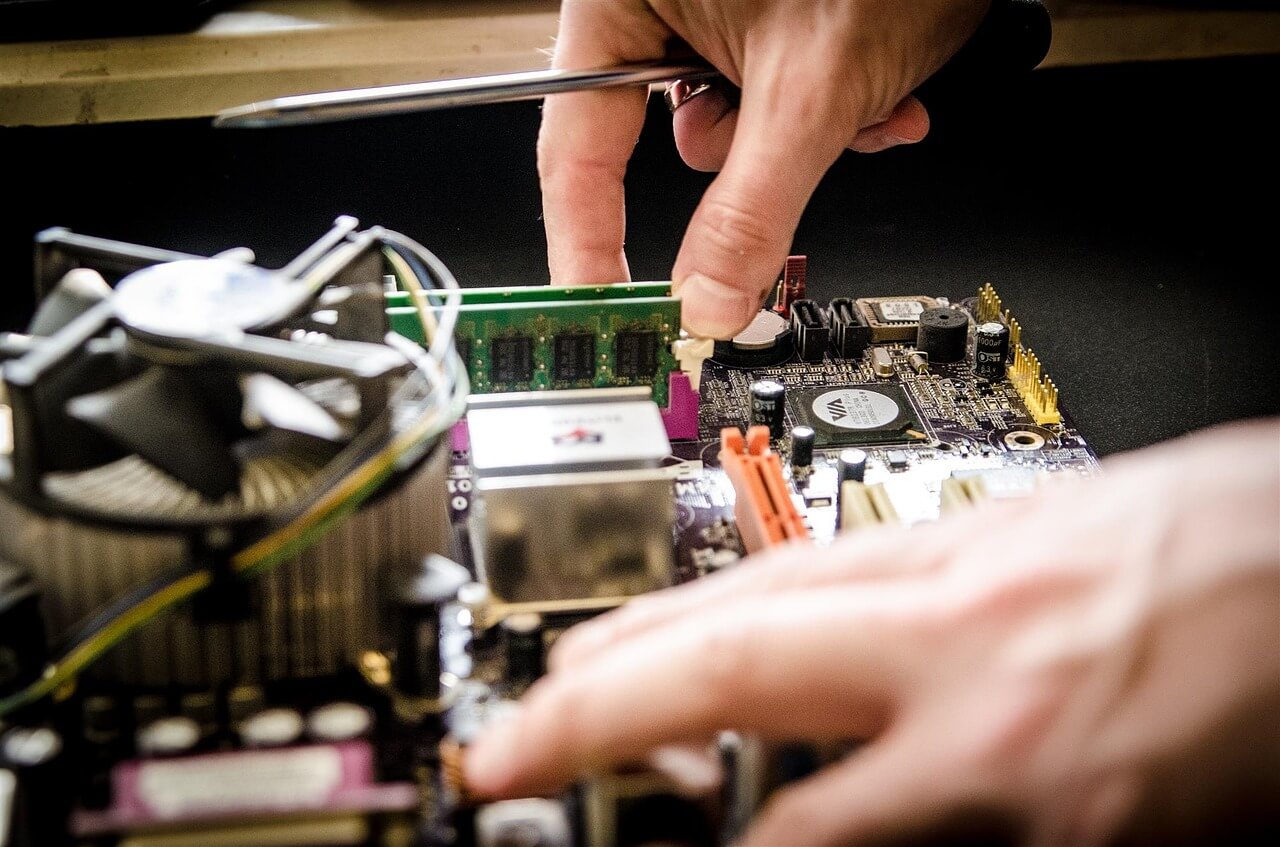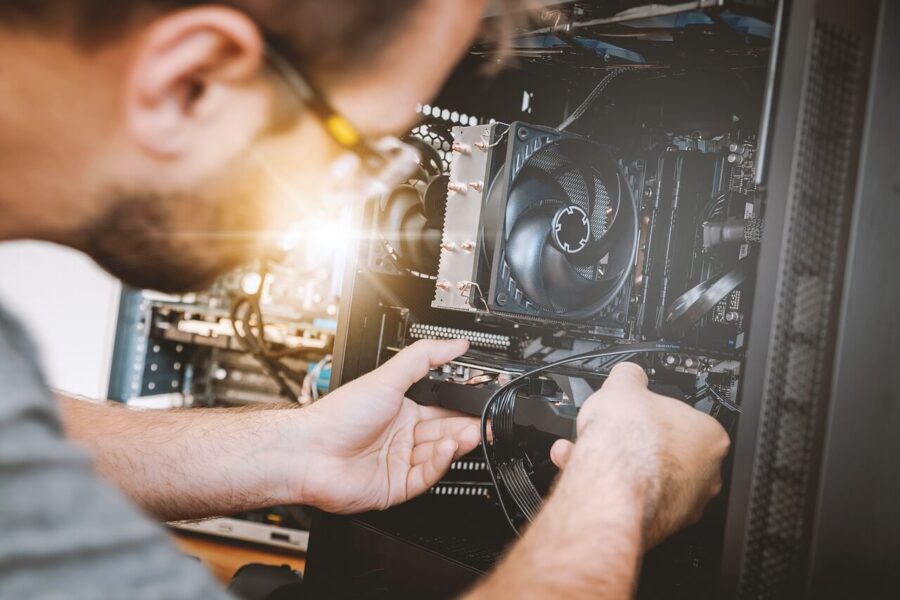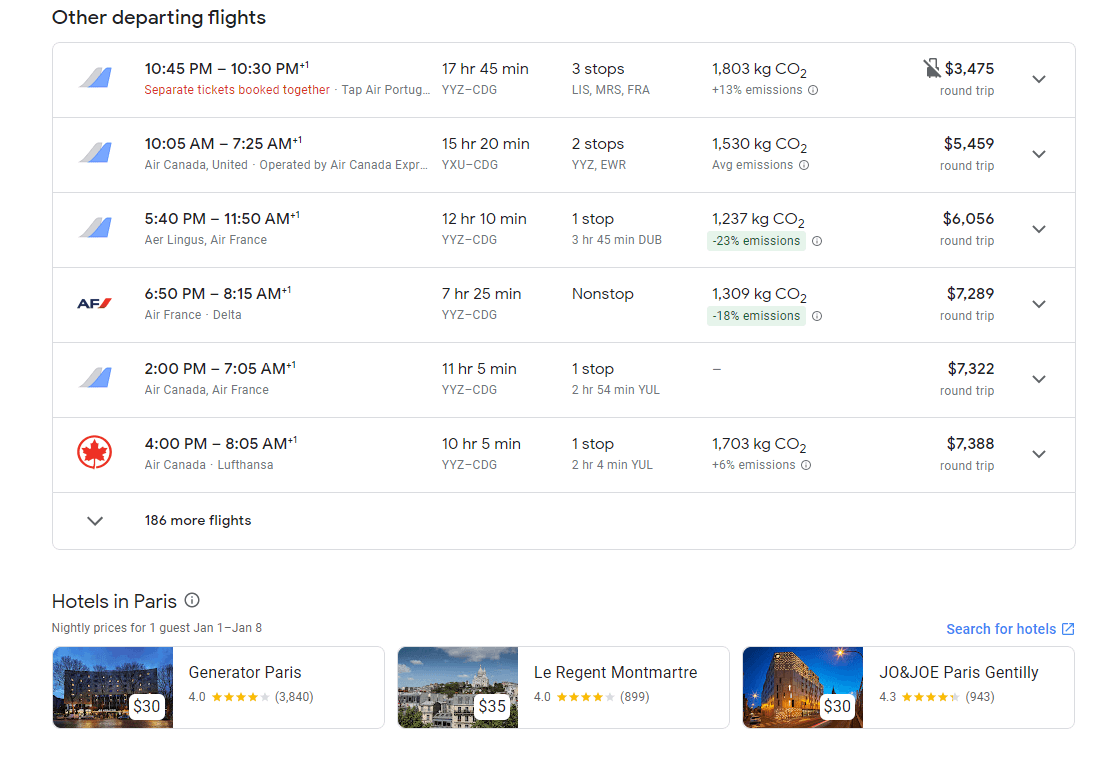Do you know what dinosaur has 500 teeth? It was a sauropod dinosaur with a soft skull and a large mouth. Its mouth was designed for chewing on small plants and was 115 million years old. Its kingdom was Animalia. Whether you know it or not, you may want to study it further! Read on to discover more about this dinosaur. But beware! You may end up wishing you had a set of these teeth!
Nigersaurus
The giant dinosaur ever discovered was the Nigersaurus, named for its home country of Africa. The bones of the Nigersaurus were first found in 1976 and described in 1999. Their teeth were unusually shaped, with five teeth in each row. Its jaw was wide and broader than its skull, which caused its teeth to extend sideways. These teeth are considered to be among the most complex of all dinosaurs.
The Nigersaurus had more than 500 teeth. There were 68 columns in the upper jaw and 60 columns in the lower jaw. In addition, this dinosaur had more than 500 active teeth and several sets of replacement teeth. The teeth were asymmetric, thicker on the outward-facing side and thin on the inward-facing side. The lower jaw was split into two parts, the front and back ramus, which were lighter than each other and housed most of the muscle attachments.
The Nigersaurus was a long-necked, herbivorous dinosaur that had 500 teeth. Its long, slender neck and asymmetrical teeth gave it an exciting look. This sauropod probably focused on water plants and looked closely at low-creating plants. In addition to its 500 teeth, it had a 15-foot-long skull and jawbone. The fossil also has plenty of information about its genus and lifestyle.
The name Nigersaurus means “niger” in French and suggests that it is a reptile from the region. This dinosaur is believed to have eaten plants at ground level. Because its jaws were so broad and its teeth so sharp, it survived the ages and was named for the French palaeontologist Philippe Taquet. And the best thing about it? Its teeth were powerful, and the jaws were so large that they could grind food down to a powder.
The Nigersaurus had a distinctive tooth structure. Its lower jaw had 68 needle-like pillars and 60 elongated teeth on the upper jaw. The teeth were highly asymmetrical, with thicker enamel on the outward-facing side. The Nigersaurus was also small – its body size was about nine metres (30 feet) tall, while its femur was about one-half of its height. Its head was relatively small – only a little longer than an adult human!
The Nigersaurus was an irregular herbivore. Its parallel tooth scratches with pits indicate that it ate plants, mostly grass. However, the grass did not evolve, so the Nigersaurus survived on horsetails, angiosperms, ferns, and other plants, including acacia and saguaro. Although its mouth was rather significant, its snout was broader than its head.
The Nigersaurus had about 500 replaceable teeth. It was a plant-eating dinosaur that lived 110 million years ago. The skeleton of this massive dinosaur is currently on display at the Museum of Natural History in London. The giant dinosaur ever to exist had around 500 teeth. Its teeth were so strong and sharp that they would have acted as combs, enabling the animal to feed on plants.
Hadrosaurid
A new study has revealed that a duck-billed dinosaur has 500 teeth. Although a large number of teeth is a common assumption, the study’s authors stress the importance of the anatomy of dinosaur teeth for chewing. In addition to being suited for snapping leaves and twigs, the jaws of these creatures also had hundreds, if not thousands, of teeth on the back. Because these teeth were suited for grinding up vegetation, their large number is thought to have led to their success during the Cretaceous. Scientists have used computers to study dinosaur teeth to determine what each dinosaur species ate.
Hadrosaurids had at least 500 teeth, and their jaws were long and narrow, with the teeth arranged in a row. The apical third of the dentary is missing the coronoid process. In addition, the lateral surface of the dentary contains multiple neurovascular foramina, including one at the level of the seventh dentary tooth. In lateral view, the anterior portion of the dentary is curved inward. Its long axis is parallel to the mid-region of the dentary main body.
The dentary symphysis curves at nearly right angles. In non-hadrosaurid hadrosaurs, the symphysis is curved at an almost right angle. In Lambeosaurini, the symphysis curves at approximately 20 degrees. This curve is a typical occurrence. These were the only dinosaurs to have 500 teeth.
Another feature of Lambeosaurids is that the skull has a hollow crest. These crests may have been used for pushing contests. However, the bone crests are small and likely not strong enough to use. The brain was the organ that processed the sounds. If this were the case, the lambeosaurid would have been able to hear the noises of other animals in the area.
The Hadrosaurid’s jaw motion may not be a reliable indicator of the diet of the Hadrosaur. It is also possible that this dinosaur had 500 teeth, while the Nigersaurus only had a few hundred. Although the number of teeth may be smaller, the Hadrosaurids had the most significant number of teeth of any dinosaur. And they were also able to reach low-growing vegetation.
Hadrosaurs have been found in the middle of North America. Some species of Hadrosaurs were found in Mongolia and China. The Horseshoe Canyon Formation was the site of the Western Interior Seaway, which left marine deposits throughout the continent. Hadrosaurids are known to have originated in this area of the world. The Horseshoe Canyon Formation is also home to some species of Hadrosaurs.
One complete Hadrosaurid fossil is AMNH 5060. It was discovered by Charles Hazelius Sternberg in Converse County, Wyoming, and analyzed by Henry Osborn in 1912. This specimen includes the skin of a Hadrosaurid, which is also known as the Trachodon mummy. The model is also essential in terms of fossil discoveries. It has been found that the Hadrosaurids preferred lower-lying habitats.
Diplodocus
Did you know that the famous dinosaur Diplodocus had over 500 teeth? Its long jaws made it capable of cutting through food close to the ground. The skull was recently reconstructed using CT scans. The head of this sauropod has been studied and recreated. During its life, the dinosaur lived about 260 million years ago. What makes this sauropod so unique? Here is a look at some of its most interesting facts.
The jaws of Diplodocus and its large head were designed for chewing plant matter. They were made of solid and resilient material. The teeth were prepared for chopping and scraping. Diplodocus could chew food as well as gnaw on plant matter. It had so many teeth that scientists once thought the dinosaur was a plant-eater. However, a CT scan revealed that this dinosaur specialized in eating plants in a low-browsing fashion, a feeding strategy that did not evolve until the dinosaurs were over 80 million years ago.
The Nigersaurus was another famous dinosaur. This dinosaur had about 500 teeth and a 30-foot-long neck. Its fossil was discovered in Algeria and was taken to a museum in Washington DC for study. The museum now houses a replica of the fossil. Its skull has 500 teeth and can be seen at the National Geographic Museum. The Nigersaurus skull was a relative of the North American Diplodocus and was discovered by a French researcher.
This sauropod was a member of the titanosaur dinosaur family. It was around 115 million years ago. It was a smaller and more delicate sauropod than Diplodocus. It survived by eating plants and other animals. Its jaw is also huge. Its habitat was the opulent bogs of West Africa and the Sahara desert. It has 500 teeth and is therefore classified as a herbivore.
Conclusion about the topic what dinosaur has 500 teeth
The Nigersaurus, the most famous dinosaur with 500 teeth, was a sauropod with a larger than average size. It weighed about 2.3 tons and was about 80 feet long. It had a long neck and a tail that was 8 feet long. Its neck was wide at the base and narrowed toward the top. Its teeth were very sharp, and it had a quick, pointed tip to the tip.
The Nigersaurus was one of the enormous dinosaurs but smaller than the Diplodocus. It was thirty feet long, about half the size of the average African elephant. It weighed 25 tons. Its size made it a medium-sized dinosaur. Its mouth was similar to the end of a vacuum cleaner. It had over 500 teeth and replaced them about every 14 days. And while we know little about its feeding habits, it was still a giant dinosaur that lived in Africa.












